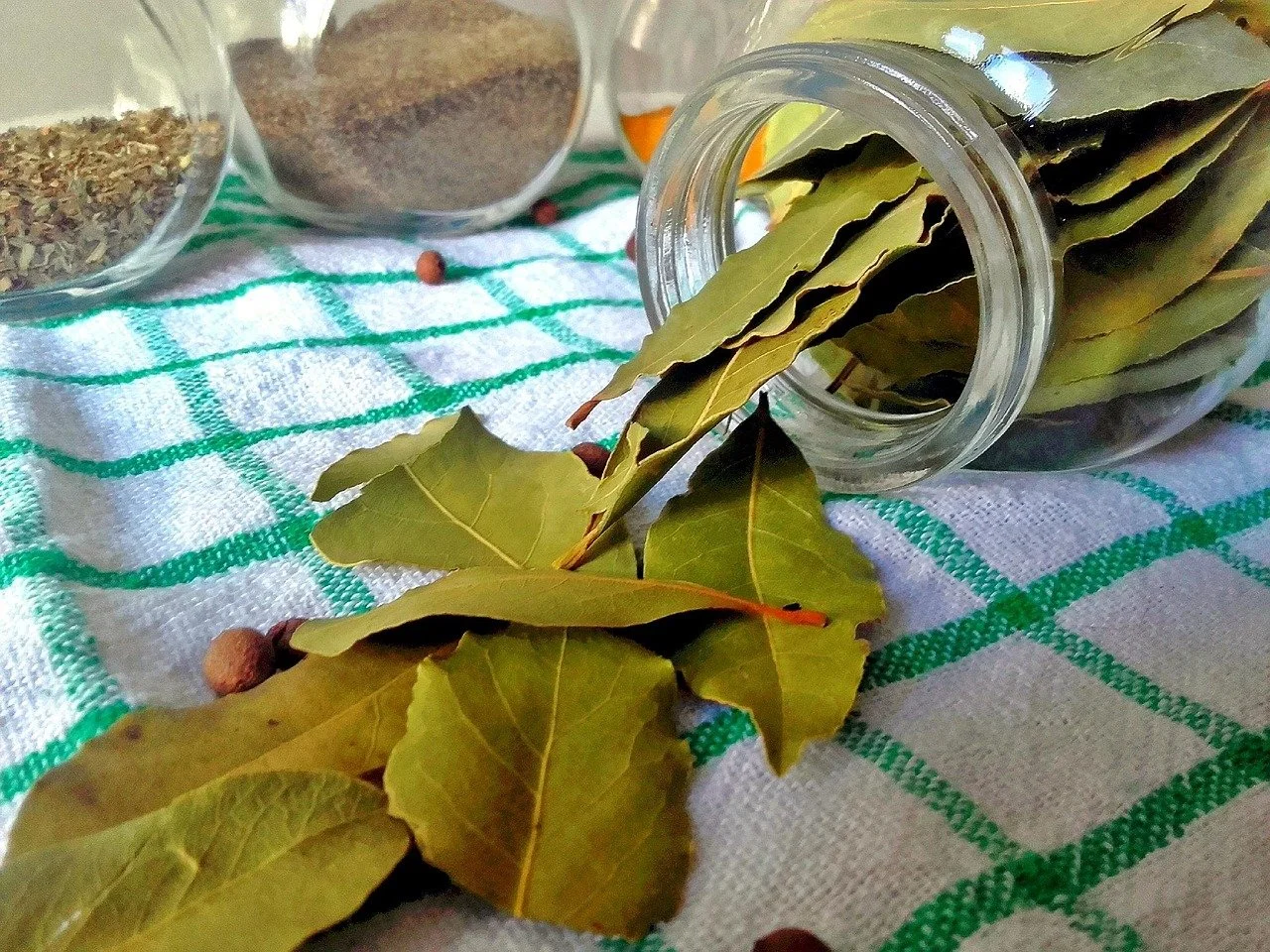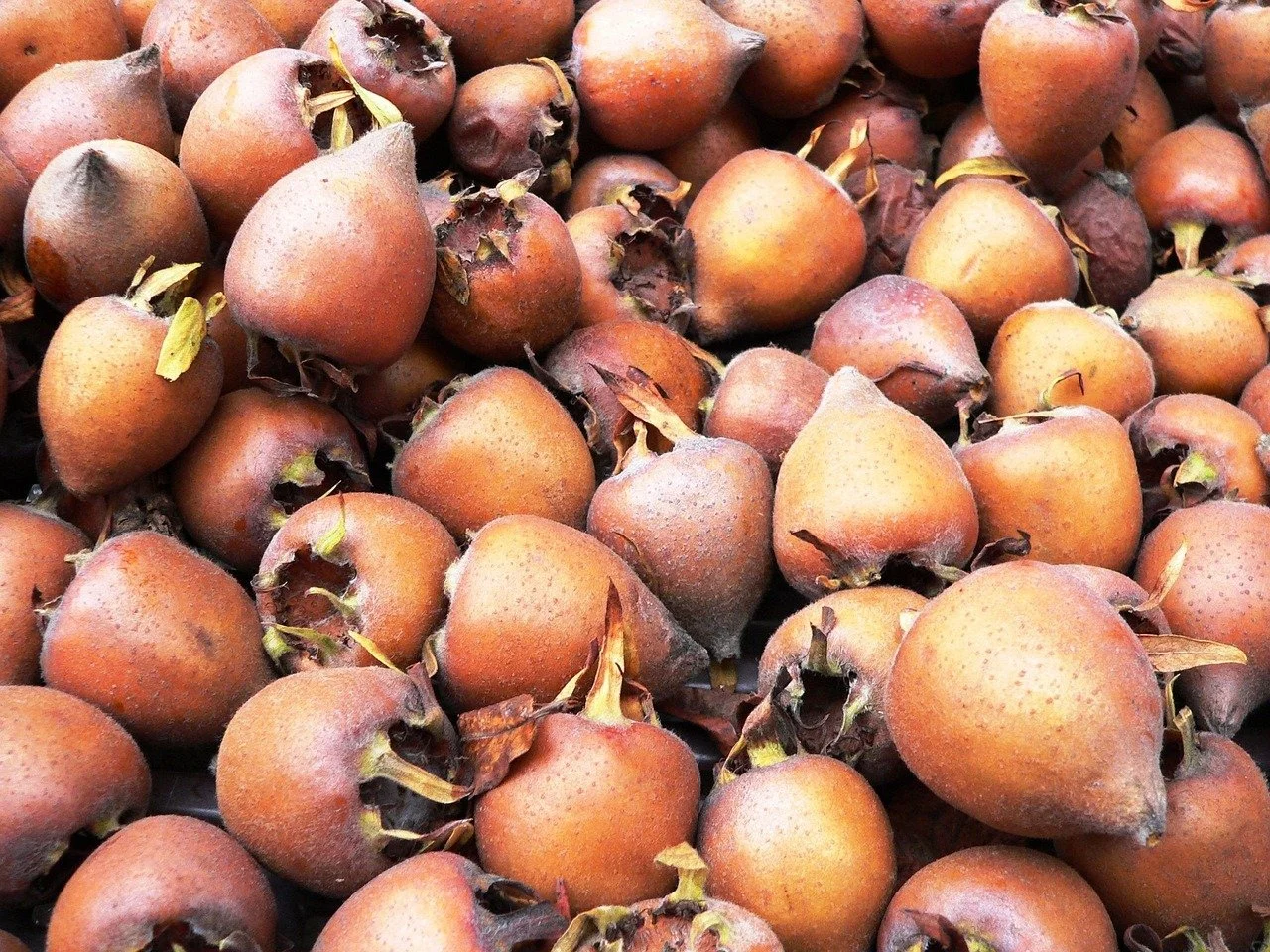Farm to Fork: Turn October’s Harvest into Comforting Autumn Meals
October is filled with stews, baked delights, and pumpkins - lots of pumpkins. Autumn brings about cooler days, golden leaves, and a harvest of comfort and nourishment - markets are full of hearty vegetables, aromatic herbs, and the last sweetness of the year. Here is a season of soups simmering on the hob, roasted vegetables filling the kitchen with delicious aromas, and plenty of preserves to carry the best of autumn’s flavours into the colder months ahead.
Eating seasonally in October is more important than ever, as the UK slowly transitions out of its peak harvesting period - sustainable approaches to your weekly groceries shop is as easy as choosing fresh produce from your local farmers market, plating nutrient-rich dishes, and experimenting with this month’s versatile harvest.
Here’s a closer look at October’s seasonal stars:
Seasonal Vegetables in October
Pumpkin
Pumpkins are the spotlight of October, both on the table and as seasonal decorations. Their mild and slightly sweet flesh is rich in beta-carotene, fibre, and potassium, supporting vision and immunity - making them as healthy as they are versatile. Beyond soups and pies, pumpkins are used in savoury dishes across the world, from curries to stews - even their seeds can be enjoyed as a snack or used in baking, their high nutritional value adding much appreciated magnesium and healthy fats to indulgent delicacies.
How to Enjoy Them: Roast pumpkin wedges with olive oil, salt, and spices for a simple side dish, blend into warming soups with chilli and ginger, or pair with marinated chicken thighs for a Caribbean chicken and pumpkin curry. Roast the seeds for a crunchy snack, or incorporate into cookie batter, muffins, and other baked goods.
Leeks
Leeks are one of autumn’s most comforting vegetables, adding a mild, onion-like taste and silky texture to hearty home cooking. Although related to onions and garlic, they contribute a milder, sweeter flavour to all types of dishes, making them an incredibly versatile culinary ingredient - forming the base of many soups and stews.
How to Enjoy Them: Leek is a common feature in our sustainable recipes - try our spinach and leek risotto recipe for an earthy meal. For a quick week-night dinner, our chicken and leek pie is a great classic and only requires a few household staples! You could also roughly-chop and toss leeks with olive oil, salt, and pepper, then roast to pair with meats or chicken.
Cabbage
Though technically a year-round vegetable, winter variants of cabbage are much larger than their summer counterparts and store well, making them perfect for preserves and like sauerkraut and kimchi. Packed with fibre, vitamin C and antioxidants, they’re both nutritional and versatile, with a natural crunch when used raw and a sweet mellow flavour when cooked.
How to Enjoy Them: Shred red cabbage and braise gently with apples and spices for the perfect autumn side dish, add Savoy cabbage to your stir-fry dishes with garlic and soy sauce or ferment it into sauerkraut or kimchi for a tangy, gut-friendly preserve.
Herbs in Season this October
Tarragon
Traditionally used in French cuisine, tarragon is a fragrant herb with a distinct aniseed-like flavour often described as slightly sweet and peppery. One of the key ingredients in bearnaise sauce, it also pairs well with chicken, fish, and eggs, adding depth to otherwise simple dishes.
How to Enjoy Them: Chop finely and stir into creamy chicken sauces, fold into scrambled eggs, or whisk into a mustard vinaigrette for drizzling over salads. Tarragon is also great for flavouring vinegars - simply steep sprigs in white wine vinegar for mixing into dressings and marinades
Bay Leaves
One of autumn’s most reliable kitchen staples, the subtle earthy fragrance of bay leaves add depth and complexity to long-simmered dishes. While the leaves themselves aren’t eaten, their aromatic oils are slowly released when added to slow-cooked recipes like soups, stews, curries, and casseroles. Bay trees are evergreens, meaning they keep their fresh leaves all year round, though they work best in hearty autumn home-cooking.
How to Enjoy Them: Add one or two leaves to slow-cooked curries or braised meats to deepen flavour profiles without overpowering. Add to homemade stocks, tuck into rice while it cooks, or infuse into warm milk for custards and puddings.
Sorrel
Bright and citrusy, sorrel is a unique leafy herb that does well in cooler months - with a high oxalic acid content, it's an excellent ingredient for balancing rich or fatty foods. Often overlooked, sorrel has been used in Caribbean and European cultures for centuries, incorporated into soups, sauces, or teas.
How to Enjoy Them: The colder weather is perfect for a classic French Sorrel soup, where the leaves are wilted down into a creamy base for a comforting and refreshing bowl. In Caribbean cooking, sorrel can be used to make a unique spiced drink - try out our recipe using star anise, clove, brown sugar, oranges, lemons and limes!
Fruits in Season this October
Quince
Also rarely grown commercially, quinces are a special find amongst independent market stalls and green-grocers. Best harvested in October or early November, the fruit turns a golden-yellow colour when ripe, though are too bitter to be consumed raw.
How to Enjoy Them: Once cooked, the flesh sweetens and turns a golden pink colour - the high pectin content makes them perfect for jams, jellies, and chutneys. Alternatively, try poaching or baking to enjoy alongside cheeses and rich meats
Elderberries
Autumn is the best time to go foraging for these berries - since they aren’t grown commercially, be prepared to look through small shrubs to find them at their freshest. Elderberries have many culinary uses, giving dishes a rich purple tint so make sure to wear an apron when using them!
How to Enjoy Them: Elderberries must be cooked thoroughly before consumption - the raw berries are actually toxic! Quite versatile, elderberries can be simmered in sugar and water for syrups and cordials, cooked down with other in-season fruits like apples for preserving or jellies, or even used as pie fillings and in crumbles.
Medlars
Medlars are typically harvested from late October to early November, just before the fruit becomes soft enough to eat. Storing in a cool, dark place for a couple of weeks (known as bletting) helps to soften the flesh, producing a flavour similar to apple puree, dates, and apricot.
How to Enjoy Them: Once soft to touch, consume raw, mix with cream and sugar, or serve with port. Medlars can also be preserved as jams or as the main ingredient for ‘medlar cheese’ - a fruit curd with a cheese-like spread. As a jelly, medlar is a great accompaniment to cold meats and cheese, or served alongside roast pork and game.
How to Make the Most of October’s Produce - Freezing, Fermenting, and Batch Cooking
October is the perfect month to start thinking about extending flavours. Herbs such as tarragon and bay leaves can be dried or frozen to be used in year-round cooking. Vegetables like winter cabbages store well in cool, dark places, and so can be enjoyed throughout the colder months. Try batch-cooking leeks into soups, stews, and casseroles, then portion and freeze for easy meals later on. Pumpkin puree can also be frozen to be used in future soups, pies, or baked goods recipes.
For in-season fruits - chutneys, compotes, and preserves can easily extend their shelf-life, prolonging their vibrant flavours well into the colder months.
Fermentation is another great way to enjoy October’s harvest for longer: cabbage can be made into sauerkraut or kimchi, whilst in-season root vegetables can be pickled for a tangy accompaniment to comforting winter meals. Simple preserving methods like these help to reduce food waste and prevent overspending, saving you money with the satisfaction of homemade pantry staples.
Final Thoughts
October’s harvest is about beating the bite of colder days with hearty comfort food. From the delicate sweetness of leeks in pies and stews to the natural crunch of cabbage in tangy sales, this month invites us to slow down, cook generously, and savour the flavours. Meals with fragrant herbs and nutrient-rich vegetables bring warmth and balance to the season, nourishing both body and soul.
Eating locally and seasonally doesn't just mean enjoying food at its freshest- you’re also supporting the natural rhythms of nature, allowing for shifts in palate with the changing environment. Let the comfort of seasonal cooking carry you into winter with hearty meals, preserved flavours, and the satisfaction of making the most of autumn’s bounty.



